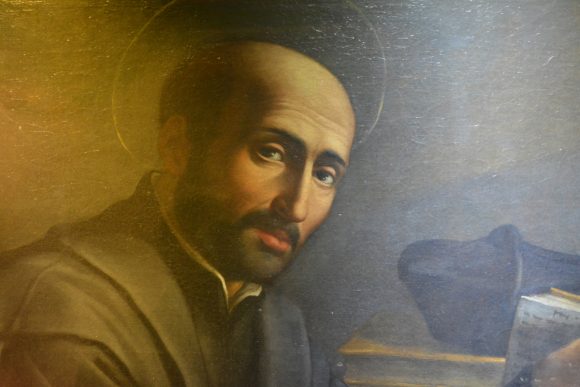Today Christian prayer retreats are available in many different forms across many traditions. They can be categorized broadly as personal retreats, group retreats, and daily life retreats. What are these? Who originated the idea in the first place? TYPES OF RETREATS Personal retreats are adaptable to many different life situations, personal needs and spiritual growth […]
The examen is one of the prayer methods used by retreatants to help them be aware of sins in their daily life. It was one of the prayer methods mentioned in the Spiritual Exercises of St Ignatius, a manual for spiritual directors guiding people through about 30 days of solitude and prayer and meditations on […]
Nature’s welcome Despite divine assurances that this lengthy retreat would do me good, it was with some apprehension that I settled into the room 212 that would be my home for thirty five days. Air Asia had flown me into Chiang Mai, Thailand, at about eleven plus, and I was glad to be at the […]
